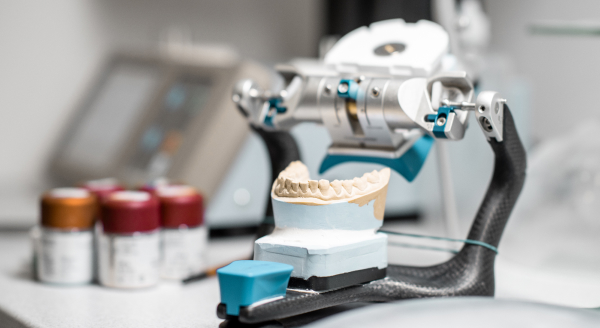
Many patients wonder if clear aligners can do more than just straighten crooked teeth—they want to know if these innovative devices can also address bite issues. While traditionally associated with mild to moderate alignment corrections, today’s clear aligner technology has advanced significantly, allowing many types of malocclusion (bite problems) to be treated effectively. From subtle adjustments in how your teeth fit together to more noticeable improvements in jaw alignment, clear aligners can often be part of a comprehensive approach to achieving a balanced, healthy bite.
Understanding Malocclusion
Malocclusion refers to a misalignment in the way your upper and lower teeth come together when you bite down. Common types include:
• Overbites: When the upper front teeth overlap the lower front teeth too much.
• Underbites: When the lower front teeth protrude past the upper front teeth.
• Crossbites: When some upper teeth sit inside the lower teeth rather than outside.
• Open Bites: When the upper and lower front teeth don’t meet, leaving a gap even when the back teeth are together.
Each type of malocclusion can affect more than just aesthetics—it can influence how you chew, speak, and maintain proper oral hygiene. Left untreated, bite issues may contribute to excessive wear on your teeth, jaw discomfort, and even headaches. Understanding your specific type of malocclusion is the first step in choosing the right treatment approach.
What Types of Bite Issues Can Clear Aligners Address?
Clear aligners have evolved far beyond simple cosmetic improvements. Modern aligner systems are designed using advanced 3D imaging and computer modeling to plan each stage of tooth movement. This level of precision means that many mild to moderate bite issues can be corrected, including:
• Mild Overbites and Underbites: Aligners can gradually shift the position of your teeth, helping to reduce the overlap in overbites or bring the lower jaw forward in mild underbites.
• Certain Crossbites: By carefully applying pressure to specific teeth, aligners may help correct bite discrepancies where upper and lower teeth don’t align properly.
• Slight Open Bites: Strategic tooth movements can encourage the upper and lower teeth to meet, closing the gap and improving overall function.
While not every bite problem can be addressed solely by aligners, they can play a significant role in a comprehensive treatment plan. In more complex cases, your orthodontist might combine aligners with other appliances or techniques for the best outcome.
How Clear Aligners Address Bite Issues
- Precise 3D Treatment Planning: Advanced software allows your orthodontist to virtually map out each step of the alignment process, ensuring targeted bite correction.
- Gradual and Controlled Movements: Each new set of aligners applies gentle pressure to guide teeth and, in some cases, subtly influence jaw positioning over time.
- Use of Attachments and Elastics: Small, tooth-colored attachments or elastic bands can be added to enhance aligner grip and leverage, making bite correction more effective.
- Regular Check-Ins and Adjustments: Your orthodontist will monitor your progress, ensuring your bite is improving as planned and making adjustments if needed.
Are Clear Aligners Right for Your Malocclusion?
Clear aligners can be a convenient and discreet solution, but they’re not always the best choice for every bite issue. Severe malocclusion or cases requiring significant jaw realignment may still be better served by traditional braces or even surgical intervention. Additionally, aligners require consistent wear—typically 20-22 hours a day—to achieve optimal results. Patients who value flexibility and aesthetics but can commit to wearing their aligners diligently often find them an excellent match for their needs.
Choosing the Right Treatment for Your Bite
Determining whether clear aligners can address your specific bite concerns starts with a professional evaluation. An experienced orthodontist will assess your bite, discuss your goals, and recommend the most effective course of treatment. Sometimes, a combination approach—such as using aligners for certain corrections and braces for others—might provide the best outcome.
Ultimately, the key to a healthier, more functional bite lies in understanding the nature of your malocclusion and working closely with a qualified orthodontic professional. By exploring clear aligners and other treatment options, you can find a path forward that aligns with your lifestyle, comfort, and long-term oral health.